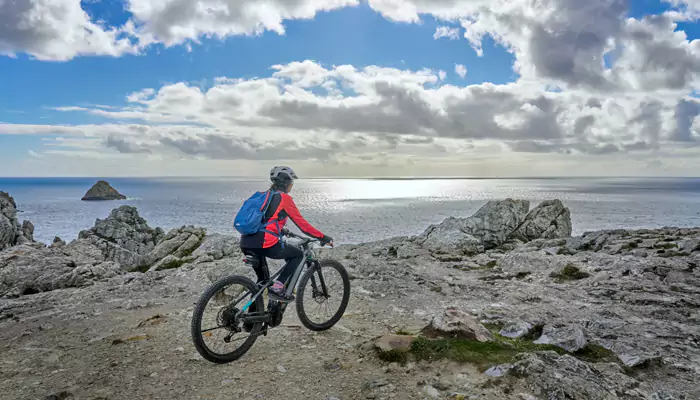Responsible Travel: Eco-Friendly Travel Tips for Visiting World Heritage Sites
- Admin
- 1 year ago
- 3 minutes read

What better way to celebrate the season's renewal than visiting a World Heritage Site?
These incredible locations offer a glimpse into history, culture, and natural beauty. But with travel comes the responsibility to minimize our environmental impact.
Here are a few eco-friendly travel tips to help you explore World Heritage Sites responsibly and ensure their preservation for generations to come:
Research Before You Roam: Knowledge is power! Before booking your trip, research the World Heritage Site you plan to visit. Understand its unique ecosystem, any potential restrictions on visitors and eco-friendly transportation options available.
Pack Light and Choose Sustainable Gear: Packing light reduces your carbon footprint when travelling by plane. Opt for versatile, quick-drying clothing and reusable items like water bottles and shopping bags. Consider gear made from recycled materials whenever possible.

Embrace Sustainable Accommodations: Do research eco-lodges, guesthouses, or homestays that prioritize responsible tourism practices. Look for certifications like LEED (Leadership in Energy and Environmental Design) or local eco-labels.
Travel Green if You Must: If flying is unavoidable, offset your carbon emissions. Several airlines and travel companies offer carbon-offsetting programs that invest in renewable energy projects or reforestation initiatives.
Public Transport or Power Up Your Pedals: Explore the World Heritage Site using public transportation options like buses, trains, or trams. Consider renting a bicycle for shorter distances- it's a healthy, eco-friendly way to sightsee and soak in the scenery.
Respect the Local Community: Support local businesses by eating at family-run restaurants, shopping for handcrafted souvenirs, and opting for local guides with a deep understanding of the site's history and culture.

Tread Lightly: Stay on designated trails to avoid damaging fragile ecosystems and archaeological sites. Respect wildlife by maintaining a safe distance and avoiding feeding them.
Leave No Trace: Pack out everything you pack in. Dispose of waste responsibly using designated bins, and if you come across any existing litter, pick it up and leave the place cleaner than you found it.
Minimize Water Usage: Be mindful of the water consumption, especially in arid regions. Take shorter showers and reuse towels when possible.
Embrace Reusable Products: Bring your water bottle, shopping bags, and utensils to avoid generating single-use waste.

Say "No" to Souvenirs that Exploit Nature: Avoid buying souvenirs made from endangered species or that damage natural resources. Opt for locally-crafted items made from sustainable materials.
Be Mindful of Water Activities: If the World Heritage Site involves water activities, choose eco-friendly operators. Research companies that prioritize responsible practices like using non-polluting boats and promoting responsible snorkelling or diving techniques.
Support Conservation Efforts: Many World Heritage Sites offer opportunities to contribute to conservation efforts. Consider volunteering your time or making a donation to support your work.
Spread the Eco-Love: Share your eco-friendly travel experiences on social media. Inspire others to be responsible tourists and spread awareness about the importance of sustainable tourism.
Educate Yourself: Continue learning about sustainable travel practices. Resources like the World Wildlife Fund and the United Nations Environment Programme offer valuable information.

By incorporating these tips into your travel plans, you can minimize your environmental impact and contribute to preserving these unique World Heritage Sites. Remember, responsible tourism allows us to appreciate the beauty of our planet while ensuring it thrives for future generations to enjoy.
So, pack your bags with eco-awareness, and get started for a spring adventure that's good for you and the planet!









.webp)


